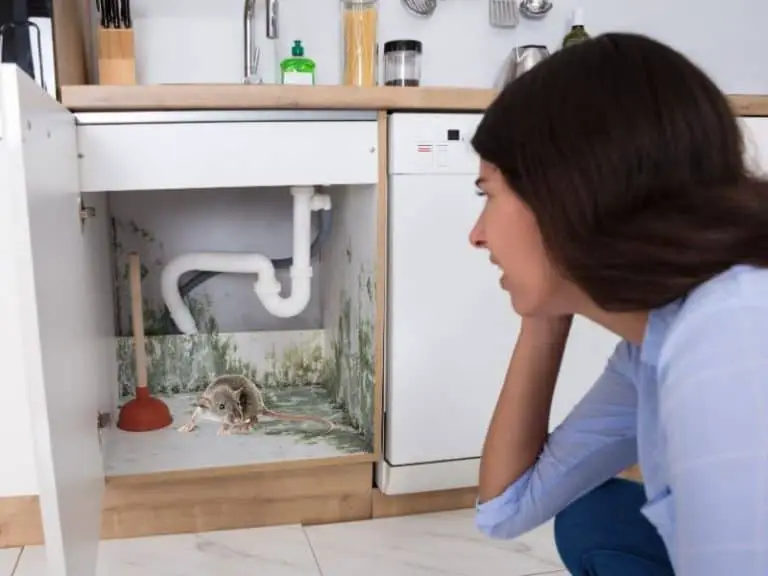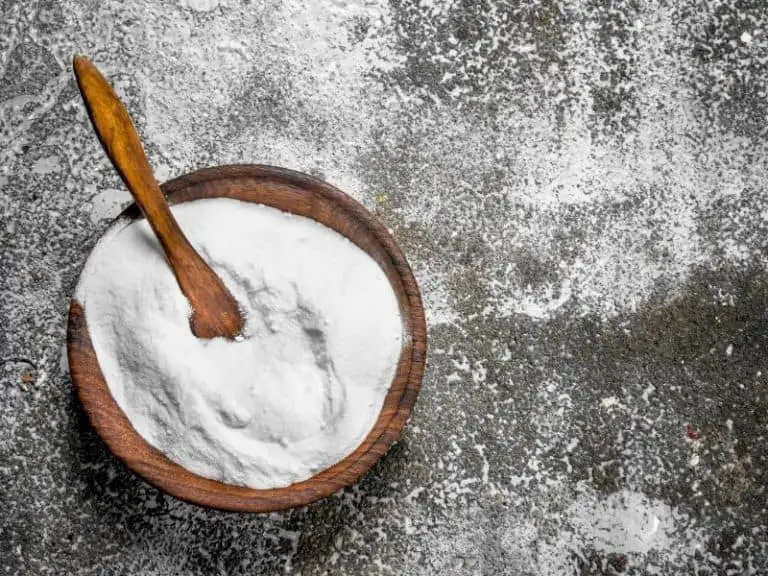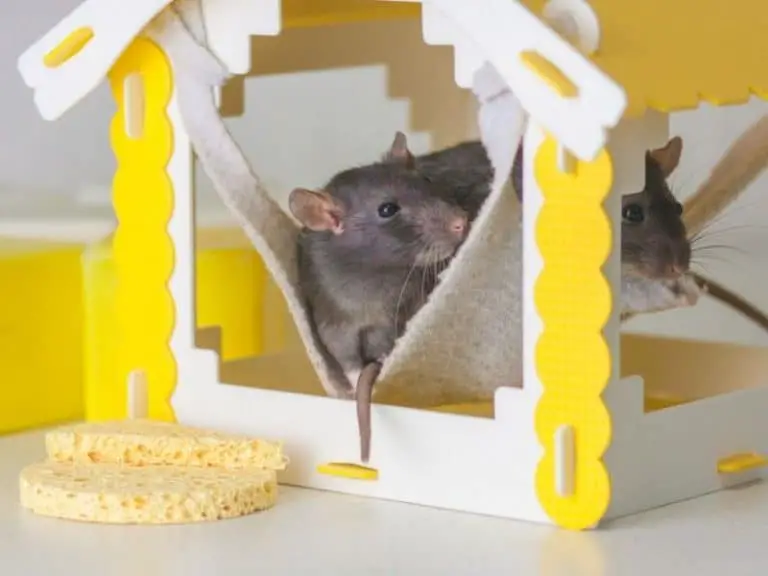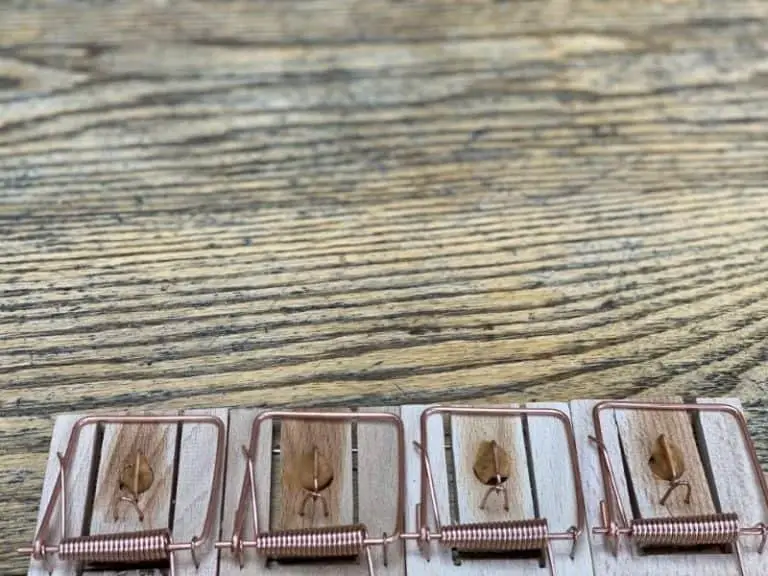How Long Does It Take A Mouse to Chew Through A Wall
Wild mice can be cute and small in nature, but not when they start nibbling through your wall. They could infest your house, chew on your things, and create holes everywhere from your walls to your clothes. I often get asked if mice can chew through the wall and how long would it take them to do so.
Any mouse can chew through thin, soft walls made of plywood and drywall from under 2 hours up to a week, but even the most persistent and strong mouse will never be able to through brick, ceramic or concrete walls. Instead, mice find small cracks or little holes in the walls and use them as entryways.
As you understand, some materials are really easy to be nibbled by a mouse, while some are impossible for a mouse to penetrate. Let us look at several types of materials and how well they protect you and your family from rodents.
Drywall
Drywall is a panel known as plasterboard, custard board, sheetrock, or wallboard. These walls are made of gypsum plaster covered by layers of fiber such as paper and fiberglass.
These materials make drywall susceptible to moisture making drywall easy to become soft and grow mold. This is the reason why mice, if they try hard, can make a hole and eventually pass on through these walls.
Drywall is also edible to pests like mice and termites because of drywall’s paper facings. Since drywalls can absorb moisture, paints applied on the wall can easily crumble.
These are the reasons why mice and other pests can easily chew on this kind of wall. They are soft and edible, which are mostly what mice love to nibble on.
Plywood
Plywood is a construction material that is composed of wood veneers. It is made of engineered wood like fiberboard and chipboard.
Plywood is made to be smaller and thinner, making it easy for mice to chew on it. Some plywood is also made in soft material, that is why it is easier for mice to make a hole through them by continuously nibbling and scratching.
Plywood also absorbs moistures so it can get wet and soggy pretty quickly, making it easier for mice to chew on.
Mice also love to collect wood shavings and wood debris from plywood to be used for their dwellings and nesting area. This is why materials made in wood is like a feasting place for these mice.
Concrete
Concrete is a type of construction material that consists of aggregates, namely sand, and gravel. These materials are merged together with cement and water to make a strong wall foundation.
The wall is stronger if the concrete has more cement and less water. Since concrete is made for durability and strength, it is almost impossible for a mouse to chew on them.
They could create scratches or nibble the paint, but they cannot make a hole through them. But then, mice can still enter into small openings in your concrete walls. They could squeeze themselves in small openings, as big as a quarter, even if they cannot chew on those walls.
Brick
A mouse will never ever chew on bricks because the material is too hard for their gnawing teeth.
However, they could still pass through what they call weep holes. These holes are intentional gaps between bricks. These weep holes are meant to prevent bricks from having too much moisture that could, later on, cause some infrastructure problems.
These holes are enough for a mouse to get pass through and enter your house. However, you could still keep those mice at bay by putting steel wool on those holes to prevent them from ever coming on to your place.
They could still try to chew on steel wools and crawl on your bricks, but at least they will not be able to chew them.
Ceramic
Ceramics are made of clay, powders, mud, sand, and water.
They are shaped in several forms and thrown into heat or oven at a very high temperature to cure. These make ceramic hard and heat-resistant. It has crystalline-like material, making them shiny and slippery.
Since ceramics are made to be hardy like a shiny stone, mice cannot possibly chew on them. However, mice can look for little cracks and spaces in the ceramics where they can pass through.
It may not be easy for you to know how long can a mouse chew on your walls, but the best thing to do is to look for several signs if you have mice munching on your walls.
Signs You Have Mice Chewing Your Walls
- You heard squeaky sounds in the walls at night.
Mice love to scratch surfaces and love to scurry on walls and ceilings. They also love to create squeaky sound, especially at night, while the lights are off, and almost everybody else seems to be sleeping. - You saw mouse droppings in multiple locations.
The most common way to know if a mouse is lingering around your walls is if there are obvious mouse droppings in your home. Mice tend to defecate and urinate almost everywhere, and they love to do these without any pattern.
Mouse’s urine typically leaves a yellow stain and has a foul smell, while their feces are usually small, shaped like a seedling, and usually in color black. - You discovered mouse dwellings.
Mice love to create and build dwelling where they could place food they have managed to steal in your kitchen. These dwellings are often hidden in sidewalls, corners, under the bed. Signs of mice dwellings include paper debris, food crumbs, and wood chips. - You found nests and baby mice.
Nests are similar to dwellings, but this is where they put more paper debris, wood chips, and pieces of clothes. You could also see little mice in these nests, with some animal blood splattered in the area. - You found several food bites in the kitchen.
Finding food bites in your kitchen is one of the easiest ways to know if you have mice in your area. They usually bite on food stored in boxes like flour and cornstarch. They love to chew on thin rags, sacks, and open containers. - You found tiny torn holes in clothes.
Another household item that mice love to chew on is your clothes. Usually, they go for clothes made of soft fabric like yarn and cotton. They do not technically eat your clothes, but the strips of cloth material are the ones they love to use for their dwellings and nests. - There are gnaw marks on furniture and walls.
You may also see gnaw marks in your household once mice started to infest it. These can be seen in cabinets, furniture, indoor plants, and food packs.
Through these gnaw marks, you will have an idea about the size of the mice infesting your household. Small gnaw marks mean small mice are lingering in your house, but if gnaw marks are large, you could have rats in your home without you knowing.
Sources:
Photo credit: ©canva.com/leonideremeychuk
Medical Disclaimer: TheHomePestControl is a digital publisher and does not offer personal health or medical advice. The contents of this website are not intended to substitute for professional medical advice, diagnosis, or treatment.
Affiliate Disclaimer: As an Amazon Associate, I earn from qualifying purchases made on our website. If you make a purchase through links from this website, I may earn a commission at no additional cost to you.






